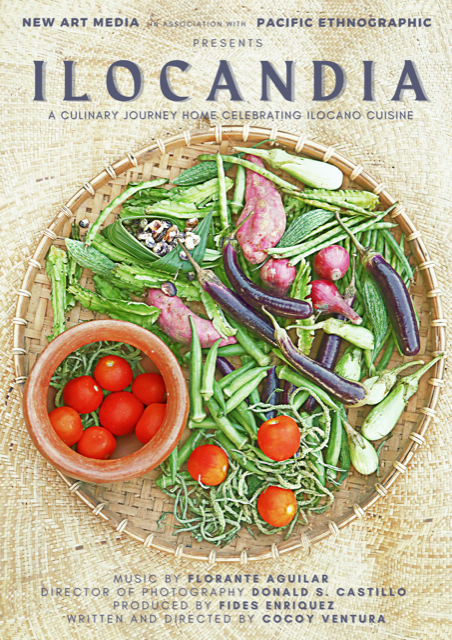Ilocandia: A Feast for the Homesick
/Set amidst the ongoing pandemic, it is narrated completely in Ilocano by a woman who is longing for the comforts of home. Ilocandia echoes the desires and sentiments of so many OFW’s. That gnawing feeling of homesickness, the eagerness to converse in one’s native language or dialect, and the everyday craving for the simple yet sublime food of home.
This 30-minute film of food and memory is a sensory journey that transports the viewer from farm to river, field to sea. Filmed entirely in rugged Ilocos Norte, it is a feast of beautiful vistas flawlessly interwoven with the food of the region. Ilocano folk music, used as the soundtrack lends authenticity to the film while putting the viewer in the mood to ruminate. Purposely slow, the film takes its time and moves from one beloved dish to the next, that we almost get to taste the salty and bitter flavor profile of Ilocano cuisine.
What is Ilocano cuisine? Ilocano cuisine, from my understanding is food that is available. Vegetables from your backyard, fish from the river, seafood from the ocean. Ilocano dishes are simple and fuss-free, relying on the freshness of the ingredients and age old cooking techniques.
Here's how you handle a hot clay pot.
Dishes like inabraw remind us that long before farm to table and kilometro zero became fashionable, it was already a way of life in Ilocandia. Inabraw is a bagoong (fermented anchovies) based soup dish with any number of ingredients depending on the season and availability.
To my knowledge, Ilocano cuisine is one of the few in the Philippines that is without foreign influence, and this is what makes it unique. Pinakbet, which means to wilt, is one of the most iconic Ilocano dishes, tossed and never stirred. The film shows us cooking tools and techniques that are unique to Ilocos.
It is said that the bitterer the better, and this is true in dishes like imbaliktad and papaitan. Bile is what makes these dishes bitter and although it may not sound appetizing, Ilocanos the world over will say otherwise.
The film presents other Ilocano specialties like bagnet or twice fried pork belly, longanisang Iloco, a pork sausage that uses the famed white gold or potent garlic of Ilocos and sukang Iloco made from naturally fermented sugar cane.
Fresh produce from the river.
Much respect is given to the produce and to the people who cook the food and tend to the land and sea. The film is a love letter to Ilocandia, a homage to the food that has for centuries nourished and bound the people to this land. A must-watch whether or not you have an ounce of Ilocano blood.
To watch the trailer: https://vimeo.com/530064165
To rent or purchase: https://vimeo.com/ondemand/ilocandia
Jennifer Celdran is an independent writer and producer based in Manila. Her company Red Balloon Productions is behind popular and award-winning shows like Food Prints, Casa Daza and The Crawl. She has traveled extensively around the Philippines and abroad, all in the name of good food.






